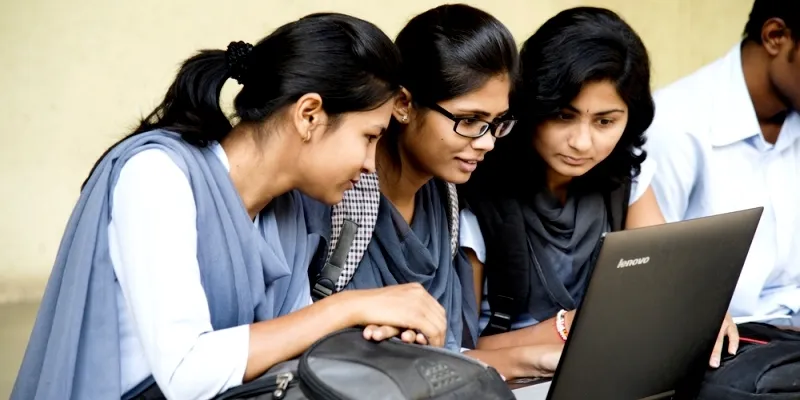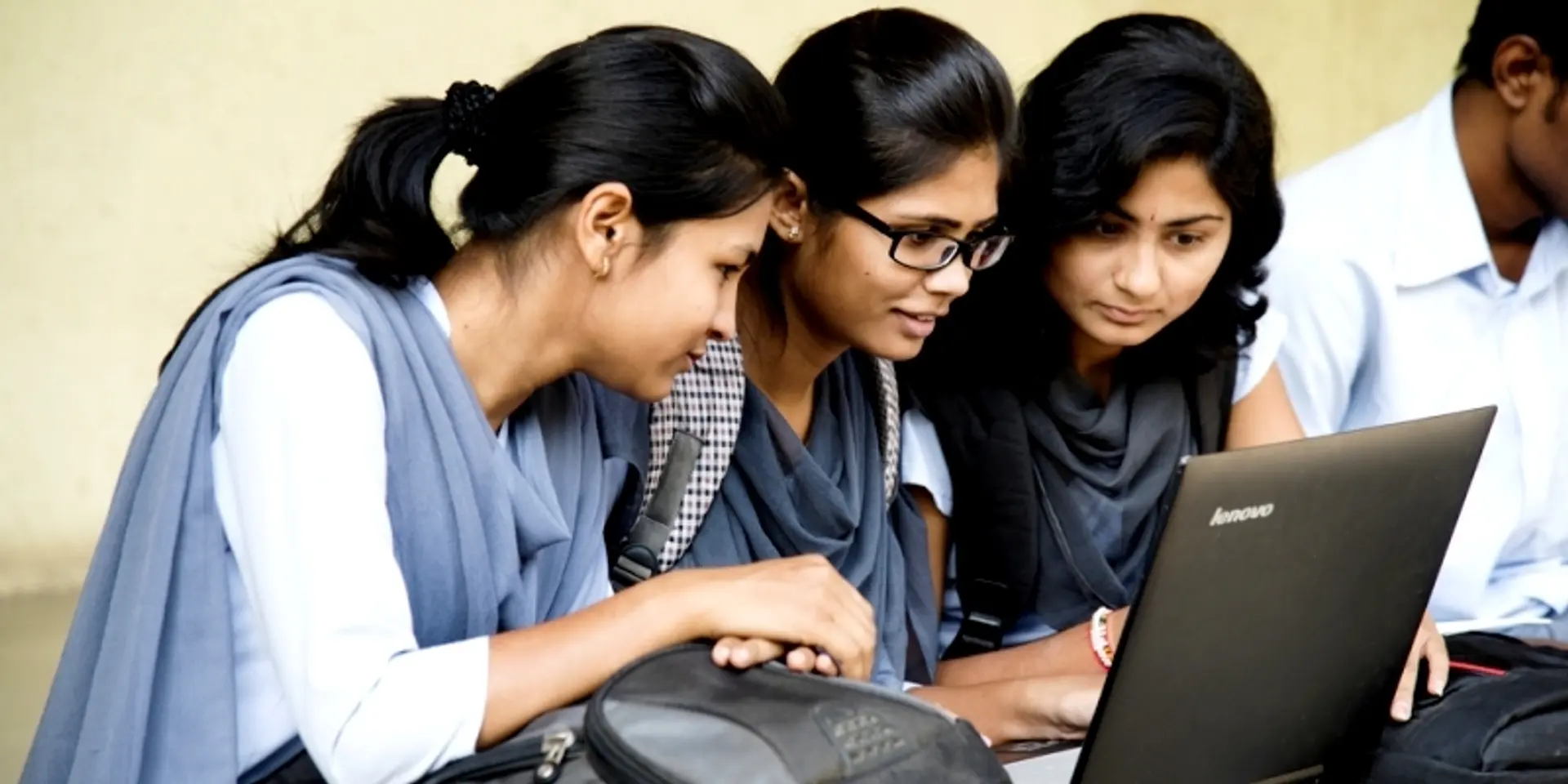Indian students are ready, but where are the teachers?
In Finland, it is more difficult to become a teacher than a doctor or a lawyer.

India has the highest number of students in the world at 315 million, as per the 2011 census. To put it into perspective, if all the students in India made a new country, it would be the fourth most populous nation in the world—of the same population as the entire United States!
With such a gargantuan student polulation, we should have at least commensurate global educational achievements. Yet India lags woefully behind in most global education rankings.
The Program for International Student Assessment (PISA), the most widely recognised global study which ranks education systems across the world, ranked 74 countries in 2009. India ranked between 72nd and 73rd on different parameters. It chose to bury its proverbial ostrich head in the sand and did not participate in subsequent PISA studies. Various other studies from TIMSS, World Bank, NCAER to ASER reflect how far behind we are on the global education map.
However, Indian students have tremendous potential. Having visited numerous schools in Finland, the UK, the UAE, and Singapore to study and learn their educational practices, I can safely say that Indian kids, in most cases, have more potential than their global peers. But they don’t have the system or the resources to allow them to exploit this potential. That’s not to say India doesn’t have good educational institutions. Unfortunately, these are mere islands of excellence floating in a vast ocean of mediocrity.
India is set to become a global superpower, and while many enhancements are required, there are two most important things the education policies need to address and significantly improve:
1. Attracting the best talent to teaching
This, to me, is by far the most important facet we need to address. India’s total number of teachers, from primary to higher secondary, as per 2011 government data sounds impressive at 65 lakh; only till you realise that there are more than 1 lakh schools in India that have just one teacher.
In my workshops, when I ask participants why they chose the teaching profession, it pains me to hear reasons like “I’m married now, so my family thinks teaching, spending time with children, will be a good job for me” or “I couldn’t handle the rigours, stress, and timings of my corporate job, so came in for something that I thought will be easier”. We need to change this archaic mindset, because teachers are the builders of the future of the nation. Teaching is the profession that creates other professions, and my word, it’s not
From the era of Rabindranath Tagore's Shantiniketan to the present, the regard for the teaching profession has declined. Here, we could borrow a leaf from Finland, which is widely recognised as one of the countries with the best education systems.
Nine out of 10 students who apply to become a teacher in Finland are rejected.
In India, there is little barrier to entry, and almost all who apply get selected, as long as they have finished their graduation.
Teachers in Finland are treated like professors at universities, and they teach fewer hours during the day than Indian teachers, with more time devoted to lesson planning and research. In Finland, a lot of value is placed on free time and play. They believe in lettings kids be kids! By law, schools have to give a 15-minute break for every 45 minutes of instruction where the student decides what he wants to do — from playing the piano in the alleyway or picking a fruit from trees in the adjoining forest.
It's a different story in India where kids typically get about 60 minutes of recess in a six-hour school day. Even the recesses are overly structured and instructional, where a child is told what they are to do. This "deficit of play" for Indian students sometimes leads to anxiety, stress and other mental health issues, and, in any case, doesn't allow the brain to "recharge its batteries" to be ready for the next lesson.
We need the best minds, the best talent of our country to take up teaching. This will happen when financial incentives as well as prestige gets associated with this profession.
2. Embracing technology in education
Today’s children are digital natives; they were born in the digital age, unlike the older generation which immigrated into the digital age. A two-year-old child, who cannot read or spell yet, can click and swipe to find their favourite cartoon. Contrary to the ‘trunk calls’ of the bygone days, parents today can face-time, or post pictures or videos on Facebook of their kids riding bicycles for the first time. And yet in this era of exponential technological advancement, most of our education systems don’t optimally use technology to supplement the teacher’s lessons.
Each board of education, whether CBSE or SSC, must integrate the optimal use of technology within their curricula. Populist schemes like doling out laptops or tablets, or putting smart boards and projectors in classrooms is not enough. They gather dust.
Also, if the teachers are not trained to use technology, they go back to the "chalk and talk" method of teaching.; They don't have any motivation or knowledge to utilise the technology at their disposal.
Other issues that come into play in India are whether the school has electricity and internet.
If yes, does it have the bandwidth to support 1,000 laptops? What about virus protection measures, repairs, maintenance, upgrades and updates to the laptops? Boards can also have a mechanism to hold the stakeholders accountable for achieving enhanced learning outcomes.
These are some thoughts on the steps to improve the education system in the country. Our kids are brimming with potential, and it is our job to harness that talent and ensure our young stars shine at their brightest.
Disclaimer: The views expressed by the author are his own and do not necessarily reflect that of YourStory.







